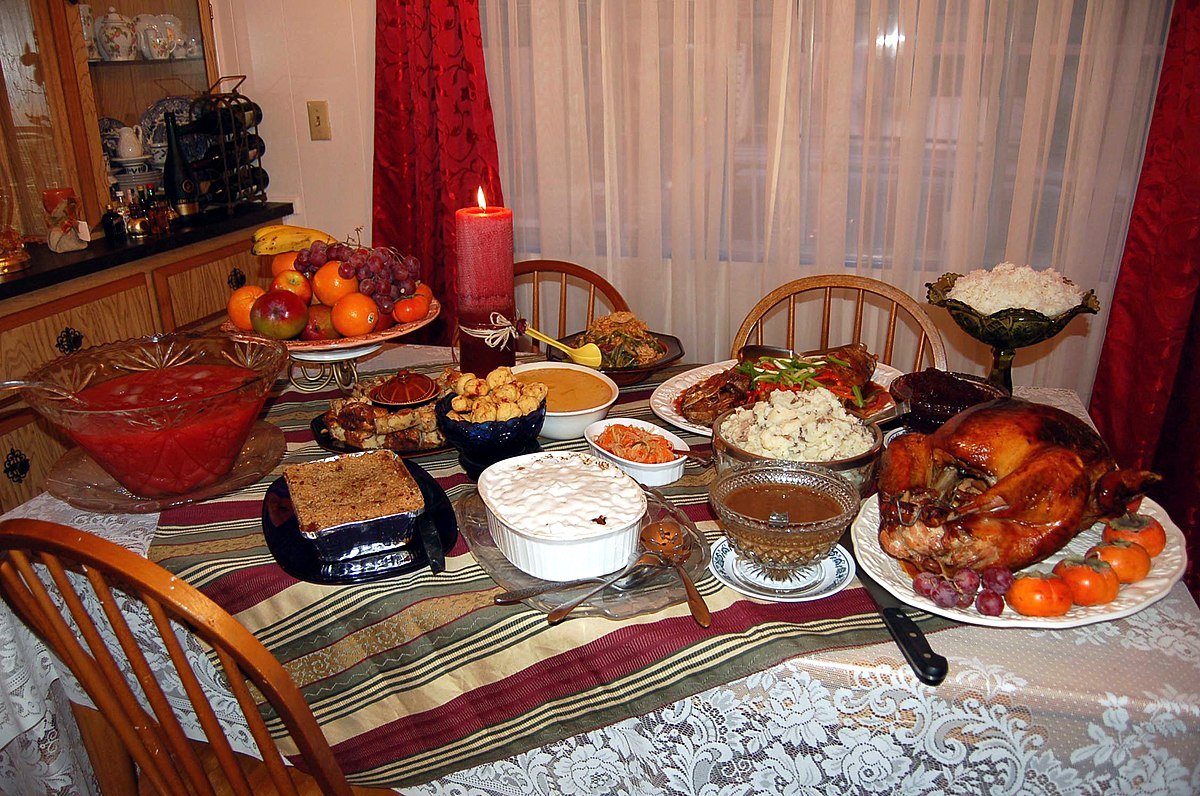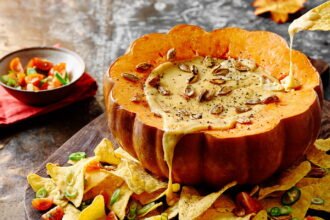Introduction
Thanksgiving is more than a date on the calendar; it’s a seasonal ritual that blends history, food, family, and reflection. For many, it marks a time to pause and appreciate what matters: relationships, community, and abundance. Over generations Thanksgiving has shifted from local harvest festivals into a broadly observed national holiday with evolving meanings depending on who’s celebrating. Whether you’re hosting for the first time, researching the holiday’s origins, or wanting to make this year’s dinner more meaningful and inclusive, understanding Thanksgiving’s layers helps you celebrate thoughtfully. This article delivers a concise, well-researched overview mixing historical context, practical hosting tips, culinary ideas, and modern perspectives written with the clarity and authority readers expect from trustworthy content. You’ll find approachable explanations, actionable advice for hosts, and reflections that honor different experiences and voices around the holiday.
Origins and evolution of Thanksgiving
Thanksgiving’s origins are complex. Early North American celebrations tied to harvest festivals long predate any single “first” Thanksgiving: Indigenous peoples across the continent held seasonal ceremonies giving thanks for harvests and sustenance. In the 17th century, English colonists in New England observed days of thanksgiving that mixed religious gratitude with practical relief after surviving harsh seasons. The 1621 Plymouth gathering often highlighted in popular retellings was a multi-day event involving food sharing between Wampanoag people and English settlers, but it was not an annual national holiday at the time. Over the next centuries, various states and communities marked thanksgiving on different dates for different reasons, from harvest celebrations to proclamations of thanks after military victories. It wasn’t until the 19th century that campaigners like Sarah Josepha Hale pushed for a unified national day of thanksgiving, and President Abraham Lincoln declared the final Thursday of November a national holiday in 1863. Since then the holiday’s observance has continued to shift, reflecting changing social values and growing attention to Indigenous perspectives and historical nuance.
Traditions and ways people celebrate
Traditional Thanksgiving observances often center on gatherings of family and friends, shared meals, expressions of gratitude, and rituals like saying grace or going around the table to name what each person is thankful for. Parades and football games have also become associated cultural fixtures public spectacles that offer entertainment and continuity across generations. Many families maintain heirloom rituals: specific recipes, a playlist of meaningful songs, or a ritual moment of remembrance for loved ones who are absent. Newer traditions embrace volunteerism and community service—donating time or food to shelters, organizing community meals, or participating in “Turkey Trots” to support local causes. Increasingly people design celebrations that reflect blended heritages, dietary preferences, or ethical choices by adding plant-based mains, regional dishes, or Indigenous foods and acknowledgments. Hosts can combine quiet, reflective moments with upbeat activities: a communal recipe prep, a storytelling circle, or a short gratitude jar where guests drop notes. Thoughtful planning clear communication about expectations, inclusive menu choices, and space for different traditions helps create a memorable, respectful celebration.
Thanksgiving food: staples, variations, and tips for hosts
Food is the heartbeat of Thanksgiving. Turkey is the iconic centerpiece in many households, but side dishes often steal the show: mashed potatoes, stuffing, cranberry relish, roasted vegetables, and pies. Regional and cultural variations make the holiday richer cornbread dressing in the South, seafood in coastal areas, or Latin American, African, and Asian fusion dishes in multicultural homes. For hosts, a few practical tips make the kitchen less stressful: plan a timeline that staggers oven use, pick recipes with make-ahead options (stuffing, casseroles, pies), and offer at least one vegetarian or allergy-friendly main so guests feel included. Invest in a reliable meat thermometer and consider brining or spatchcocking the turkey to improve texture and speed cooking. Delegate tasks assign guest potluck categories or set up a prep station so people help chop, stir, and plate. Presentation matters less than flavor and warmth; serve dishes buffet-style for casual mingling, label items for dietary needs, and keep sauces and gravies in insulated containers. Thoughtful food planning keeps the focus on connection rather than kitchen chaos.
Modern meaning, inclusion, and mindful observance
In recent years, Thanksgiving has been re-examined through the lenses of history, Indigenous rights, and cultural sensitivity. Many communities now include land acknowledgments that recognize Indigenous peoples and the complex histories tied to colonial expansion. Some choose to foreground Indigenous foods and voices, partner with Native-led organizations, or opt for moments of learning and reflection. Others focus on social justice by turning the holiday into a day of service supporting food banks or volunteering at community kitchens. Additionally, modern families adapt traditions to be inclusive of diverse relationships and dietary needs, creating spaces where guests of different backgrounds feel welcome. Mindful observance means balancing gratitude with honest acknowledgment celebrating togetherness while being honest about historical harms and current inequities. For hosts and participants, the goal is to create a holiday that uplifts community, respects different narratives, and leaves room for both joy and consideration.
Conclusion
Thanksgiving remains a living tradition one that can be joyful, reflective, and evolving. Whether you approach it primarily as a time for comfort food and family reunion, as an opportunity to give back, or as a moment to learn and broaden your perspective, planning with intention transforms the holiday. Focus on what you can control: clear communication with guests, thoughtful menu choices, and rituals that reflect your values. If you lead with hospitality and respect honoring both longstanding customs and the need for more inclusive narratives you’ll create a celebration that resonates beyond one meal. Use this guide as a starting point: borrow practical hosting tips, consider ways to incorporate respectful acknowledgments, and experiment with dishes that represent everyone at your table. Above all, let Thanksgiving be an occasion for connection, gratitude, and considered hospitality.
FAQs
Q: When is Thanksgiving celebrated?
A: In the United States, Thanksgiving is celebrated on the fourth Thursday of November. Dates vary in other countries that observe similar holidays.
Q: Is Thanksgiving only about turkey?
A: No while turkey is common, many families feature regional mains, vegetarian entrees, or cultural specialties. Side dishes and desserts are equally central.
Q: How can I make Thanksgiving more inclusive?
A: Include dietary options (vegetarian/vegan/gluten-free), invite diverse foods reflecting guests’ cultures, and offer a moment for land acknowledgment or charitable giving.
Q: Should hosts ask guests to bring food?
A: Yes delegating dishes reduces host stress. Offer specific categories (salad, dessert) so the meal stays balanced.
Q: How can I honor Indigenous perspectives during Thanksgiving?
A: Learn and share accurate historical context, include Indigenous-led educational resources, and support Native organizations or businesses when possible.









